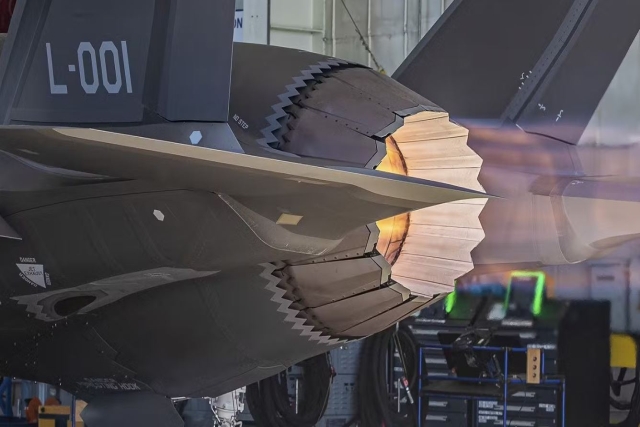Honeywell, Embraer Sign $2.8 Billion Lifetime Avionics Contract
Honeywell and Embraer have signed an agreement worth $2.8 billion over its lifetime to provide Honeywell's Primus Epic as the integrated avionics system for Embraer's new second generation of the E-Jet aircraft family, according to a joint statement.
Avionics can include navigation, communications and display systems in the cockpit to give pilots and crew critical information to help them fly safely, accurately and efficiently.
Primus Epic integrates these systems into a compact offering and adds innovative technologies such as synthetic vision and advanced flight management for better situational awareness and more fuel-efficient, direct approaches at airports.
The second generation of Embraer E-Jets equipped with Honeywell's Primus Epic is planned to enter service in 2018, with the program expected to launch later this year. Honeywell and Embraer have a long history of working together on a variety of products and services, dating back 25 years.
John Bolton , President, Air Transport & Regional, Honeywell Aerospace, "Honeywell's Primus Epic is an incredibly innovative, highly integrated and proven technology that makes flying safer and more efficient. Our avionics systems are found inside the world's most successful aircraft, including Embraer's existing 170/190 E-Jet family of aircraft."
"We look forward to continuing our partnership and pursuing additional E-Jet opportunities that our exceptional breadth of products and services affords us."
Paulo Caesar Silva, President and CEO, Embraer Commercial Aviation, "Honeywell has been a valued partner of Embraer for many years, so it is with great confidence that we extend our relationship for this important program. We believe that the evolution of the Honeywell Primus Epic, including large landscape displays, will provide flexibility for continuous innovation in the flight deck, while offering a mature system and a smooth transition for pilots between the current and future generation of E-Jets."









